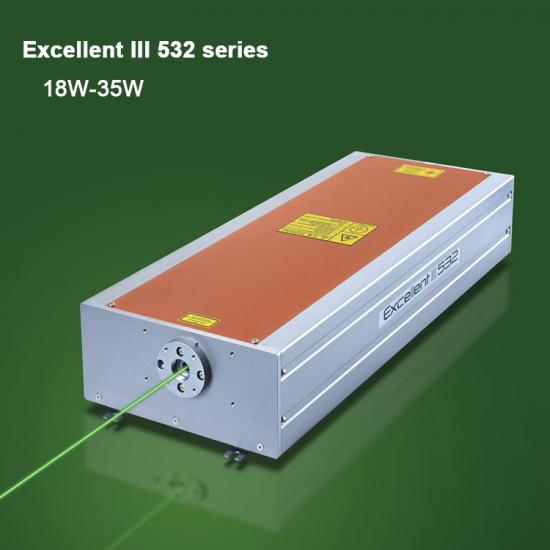Latest Blog
Precautions for common compact high repetition rate nanosecond lasers cutting materials
Sep 15 , 2021
Laser cutting processing technology is widely used in the processing of metal and non-metal materials, which can greatly reduce processing time, reduce energy consumption, and improve technology. Specific attention should be paid to the following aspects:
1. Structural steel:
Better results will be obtained when this material is cut with oxygen. When oxygen is used as the processing gas, the cutting edge will be slightly oxidized. For plates with a thickness of 4mm, nitrogen can be used as a processing gas for high-pressure cutting. In this case, the cutting edge will not be oxidized. For plates with a thickness of more than 10mm, using a special pole plate for the laser and oiling the surface of the workpiece during processing can achieve better results.
2. Titanium:
The titanium sheet is cut with argon and nitrogen as the processing gas. Other parameters can refer to nickel-chromium steel.
3.Stainless steel:
Laser cutting of stainless steel requires the use of oxygen, if the edge oxidation does not matter; using nitrogen to obtain an oxidation-free and burr-free edge, no further treatment is required. Coating the oil film on the surface of the plate will get a better perforation effect without reducing the processing quality.
4. Aluminum:
Despite its high reflectivity and thermal conductivity, aluminum with a thickness of 6mm or less can be cut, depending on the alloy type and laser capabilities. When cutting with oxygen, the cutting surface is rough and hard; when using nitrogen, the cutting surface is smooth. Pure aluminum is very difficult to cut because of its high purity. It can only be cut when a "reflection absorption" device is installed on the fiber laser cutting machine system, otherwise the reflection will destroy the optical components.
5. Copper and brass:
Both materials have high reflectivity and very good thermal conductivity. Brass with a thickness of less than 1mm can be cut with nitrogen laser; copper with a thickness of less than 2mm can be cut, and oxygen must be used for laser cutting processing gas. Copper and brass can only be cut when a "reflection absorption" device is installed on the system, otherwise the reflection will destroy the optical components.
6. Synthetic materials:
Synthetic materials that can be processed are: thermoplastics, thermosetting materials and synthetic rubber.

uv laser | green laser | Ultraviolet lasers | uv dpss laser | nanosecond laser | UV laser source | Solid State Lasers
7.Titanium sheet:
Use argon and nitrogen as the laser cutting process gas for cutting.
8. Organic matter:
There is a fire hazard in all organic laser cutting processes.